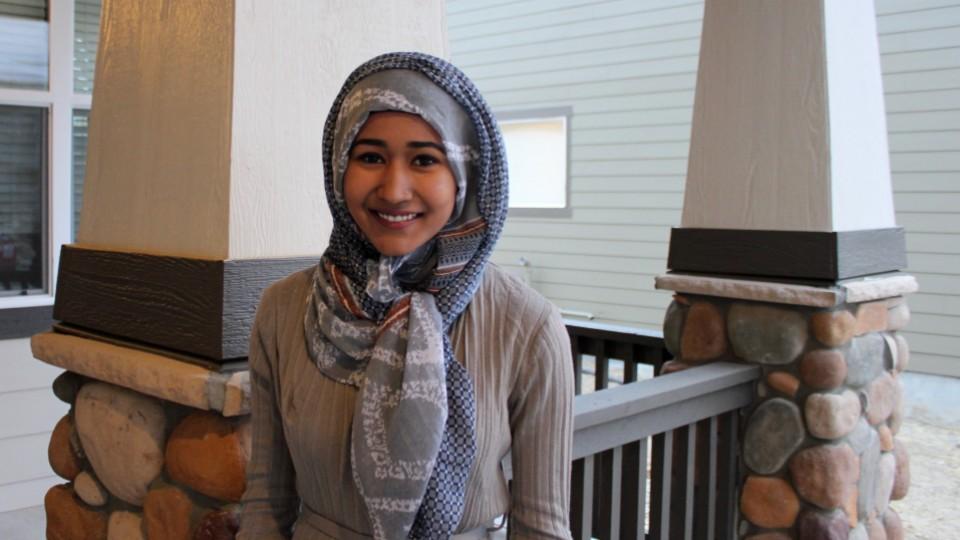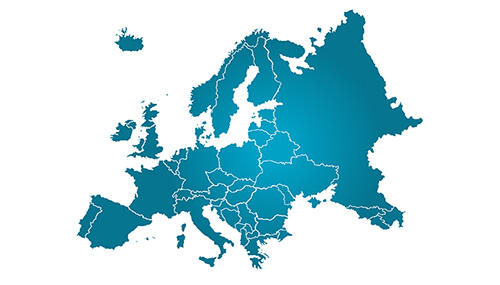HERAA HASMI

Heraa Hashmi (born August 25, 1997) is an Indian American Muslim author and activist known as the creator of the Muslims Condemn list which collects instances of Muslims speaking out against bad actions "done falsely in the name of Islam".Responding to criticism online, Hashmi, then a 19-year-old student at the university of Colorado, created a 712-page online spreadsheet with specific examples of Muslims condemning terrorist actions. As of November 2018, the spreadsheet had over 6000 entries and was still available and editable online. With the help of Nigerian developers Ire Aderinokun and Timi Ajiboye, she turned it into a website, Muslims Condemn. The website won her the Yaqeen Institute for Islamic Research's Muhammad Ali Confident Muslim Award in 2017. It is now being integrated into The Bridge Project, a Georgetown initiative to combat Islamophobia.
Hashmi sees her faith as complementary to her activism stating ""Social justice is a huge part of being a Muslim, but it also doesn't affect the actions I have to take as a Muslim, when it comes to prayer and fasting and going to the pilgrimage."
Hashmi has also been involved in organizing real-life events. These include a 200-person protest at the Denver International Airport following the signing of an executive order by Donald Trump banning citizens of seven primarily Muslim countries from entering the United States, as well as a silent walkout when Ann Coulter came to speak on campus and an interfaith Walk for Unity. In 2017 she was the co-president of the Muslim Student Association at the University of Colorado in Boulder where she studies molecular biology. She is also a contributor for Traversing Tradition, a blog run by a group of young Muslims that strives to provide varied perspectives on modern society through the lenses of Islamic theology, Eastern and Western philosophy, and historical analysis.
Hasmhi grew up in Superior Colorado. She was born in Bihar, India. Her parents are of Indian descent. She wrote and published three novels, The Liars, Blind to Me, and Crimson Ruins, while she was still a student in high school.
CONCLUSION
From the heraa story that fights for the religion of Islam is a commendable thing that we can emulate. As a generation we must also try to remain steadfast in the way of Allah.
Click Here
Question
1. what should be imitated from a heraa hasmi?
2. when was heraa hasmi born?
3. where was heraa hasmi born?
4. where did she study?
5. what are the titles of the novels he has written?
Click Here
Question
1. what should be imitated from a heraa hasmi?
2. when was heraa hasmi born?
3. where was heraa hasmi born?
4. where did she study?
5. what are the titles of the novels he has written?


